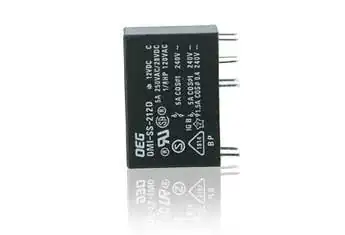One reason not to buy from RadioShack is that you get a product but no information (unless you find "supported languages: English" for a relay useful), or wrong information: for your relay the scarce data given doesn't match the relay on the photo.
A 12 V relay is designed to operate without any problems at that voltage. But you can't expect that the user's 12 V supply will be 12.00 V, so you still want the relay to operate at 11.8 V, or 11 V. There is production variation as well. Therefore relays have a must operate or pickup voltage. That's the minimum voltage at which the relay will activate guaranteed. According to RadioShack that's 9.6 V for this relay, while the relay on the photo specifies this at 9 V, which is a typical value; for many relays this pickup voltage will be 75 % of nominal.
If you guarantee pickup at that voltage there still has to be some slack. A relay with a 9.6 V pickup voltage will almost certainly pickup at 9.5 V, in many cases even at 9 V and for some 6 V will be sufficient. You just can't rely on that.
Note that there are also parameters like must hold and must release. Must hold is the minimum voltage the relay needs to remain activated guaranteed after it's switched on. That can be pretty low, like 3.5 V for a 12 V relay. You can test this with a Li-ion or LiPo battery. The battery's voltage may not be high enough to activate the relay, but if you activate it manually, but pushing the contacts together with the tip of a pencil you'll see that it remains on.
Must release voltage is the voltage at which the relay will switch off guaranteed. Because of the variation in production they need some margin here as well, and therefore that value can be very low, 1.2 V for a 12 V relay is no exception.
